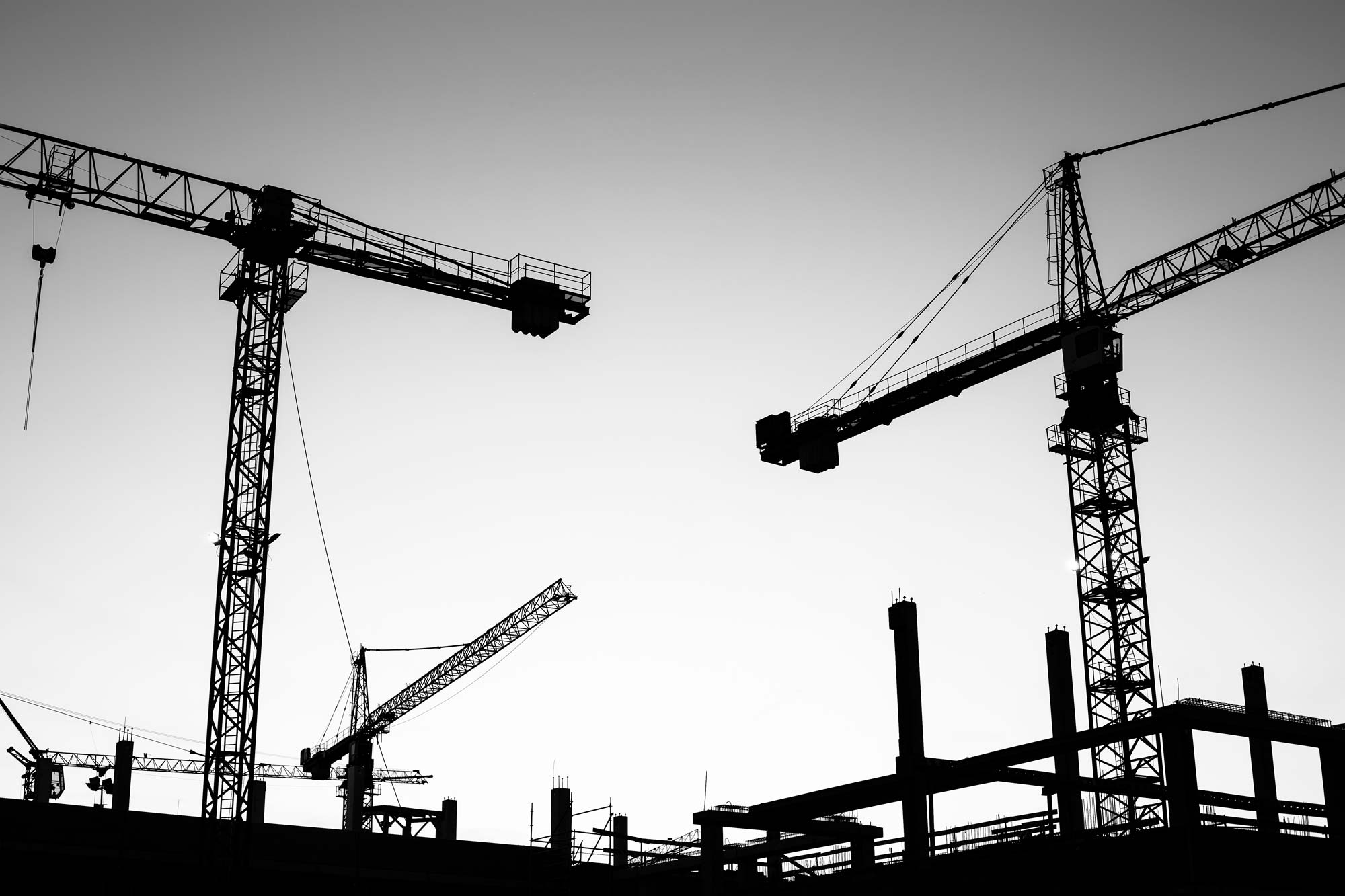

Oliver Austria is a serial entrepreneur with a decade of experience in mortgage banking, residential redevelopment, and private lending.
/ August 2, 2023
Whether you found the perfect location for your new mixed-use high rise or you’re sinking your teeth in possible lots for a new apartment complex, finding the funding may be the only thing holding you back.
The good news is that commercial real estate construction loans can help you finance your project as a business owner, investor, entrepreneur, or the like. In fact, the market for commercial construction is growing. In 2020, despite the effects of COVID, commercial construction loans issued by banks alone increased 9.4% from the previous year.
However, there’s a lot to consider before building commercial real estate. You should know how commercial construction loans work, what the typical commercial construction loan rates are, real estate development financing options , and more.
Luckily for you, we cover all of that – and then some – below.
Table of Contents:
Construction loans provide short-term financing where the construction cost of a building project may otherwise be too expensive to pay for in a lump sum. Many traditional and private lenders offer construction loans with interest rates between five and 18% on permitted or permit-ready lots. Typical construction loan terms can range anywhere from 12 – 18 months.
Revolution Realty Capital offers ground-up construction loans between $500,000 and $5 million for non-owner-occupied single-family properties, townhomes, multi-family, and mixed-use properties. Rates start at 8.49% and, depending on the appraisal process, can close within 10 – 20 days – more than two times quicker than many traditional lenders.

Lorem ipsum dolor sit amet, consectetur adipiscing elit. Proin interdum dolor a ullamcorper molestie. Vivamus in justo velit. Aliquam vehicula massa et venenatis placerat.
Unlike a traditional mortgage loan, a commercial building loan is paid in several different stages. During the construction process, you only pay interest on the amount you’ve received, rather than paying interest on the full amount of the loan. Payments on the principal don’t begin until the construction is complete.
For example, if you received $100,000 from your lender for the first phase of the project, you’ll only pay interest on that $100,000. Once you’ve received the funds for and begun the second stage of the project, you’ll pay interest on the $100,000 from the first stage, as well as the interest on funds received for the second phase.
These steps or milestones are established before the project begins and the funding is released. Once you’ve reached a milestone in the project plan and an inspector has reviewed the work, your lender will then make the next loan installment.
To further understand the commercial real estate construction loan process, review the steps below:
Before applying for commercial real estate construction loans, ensure you’ll qualify for an amount that will cover the costs of your project. As previously mentioned, time is money, and applying for commercial loans takes time. Hard money commercial construction loans can be higher-risk, so lenders want to ensure you’ll be a low-risk borrower.
To do this, they will often pull your credit score and your business’s financial information, and may even ask for personal income verification. For ground up construction loans, Revolution Realty Capital doesn’t include income requirements or verification in the approval process.
Commercial construction loan requirements include: